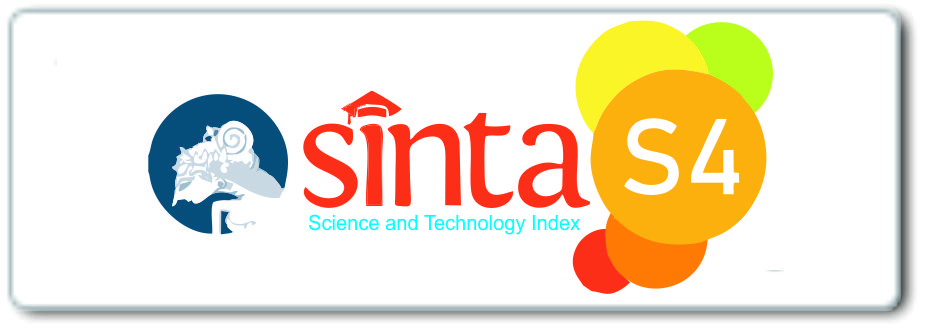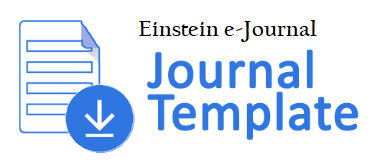ANALYSIS OF MECHANICAL PROPERTIES OF NATURAL RUBBER COMPONENTS WITH A MIXTURE OF ABKS-TiO2 WITH PEG-6000
DOI:
https://doi.org/10.24114/ein.v12i3.48849Keywords:
Abu Boiler Kelapa Sawit, Kompon Karet, Kekerasan, Uji Tarik, SwellingAbstract
Research has been conducted on the mixing of Oil Palm Boiler Ash (ABKS) and Titanium Dioxide (TiO2) as a filler for rubber compounds to improve the mechanical properties of rubber compounds which include tensile strength, elongation at break, modulus of elasticity, hardness and swelling tests. The filler used to make rubber compounds is ABKS nanoparticles and TiO2 with variations in composition (0, 2, 4, 6, 8) % by weight. The manufacture of rubber compounds is done by grinding SIR-20 rubber and then mixing it with chemicals, ABKS nanoparticles and TiO2 in an open mill. After that, the rubber was moulded with a size of 15 cm long x 15 cm wide x 0.18 cm thick at 45o C according to SNI 18 - 6478 - 2000 standard. The best composition of the mechanical properties of rubber compounds using ABKS-TiO2 fillers for tensile tests obtained tensile strength values at 6% filler composition which is 2.3 Mpa. Elongation at break with the composition of 4, 6 and 8% filler material is 90%. The hardness test obtained the hardness value in the composition of 8% filler material is 57 Shore A. As a result of the compound swelling test, the development value of the 4% filler composition compound was obtained, which experienced a development of 98.73% for 72 hours.Downloads
Published
How to Cite
Issue
Section
License
Copyright (c) 2024 EINSTEIN (e-Journal)

This work is licensed under a Creative Commons Attribution-NonCommercial 4.0 International License.
Authors who publish with this journal agree to the following terms:
- Authors retain copyright and grant the journal right of first publication with the work simultaneously licensed under a Creative Commons Attribution-Non Commercial 4.0 License (CC BY-NC) that allows others to share the work with an acknowledgement of the work's authorship and initial publication in this journal for non commercial purposes.
- Authors are able to enter into separate, additional contractual arrangements for the non-exclusive distribution of the journal's published version of the work (e.g., post it to an institutional repository or publish it in a book), with an acknowledgement of its initial publication in this journal.




